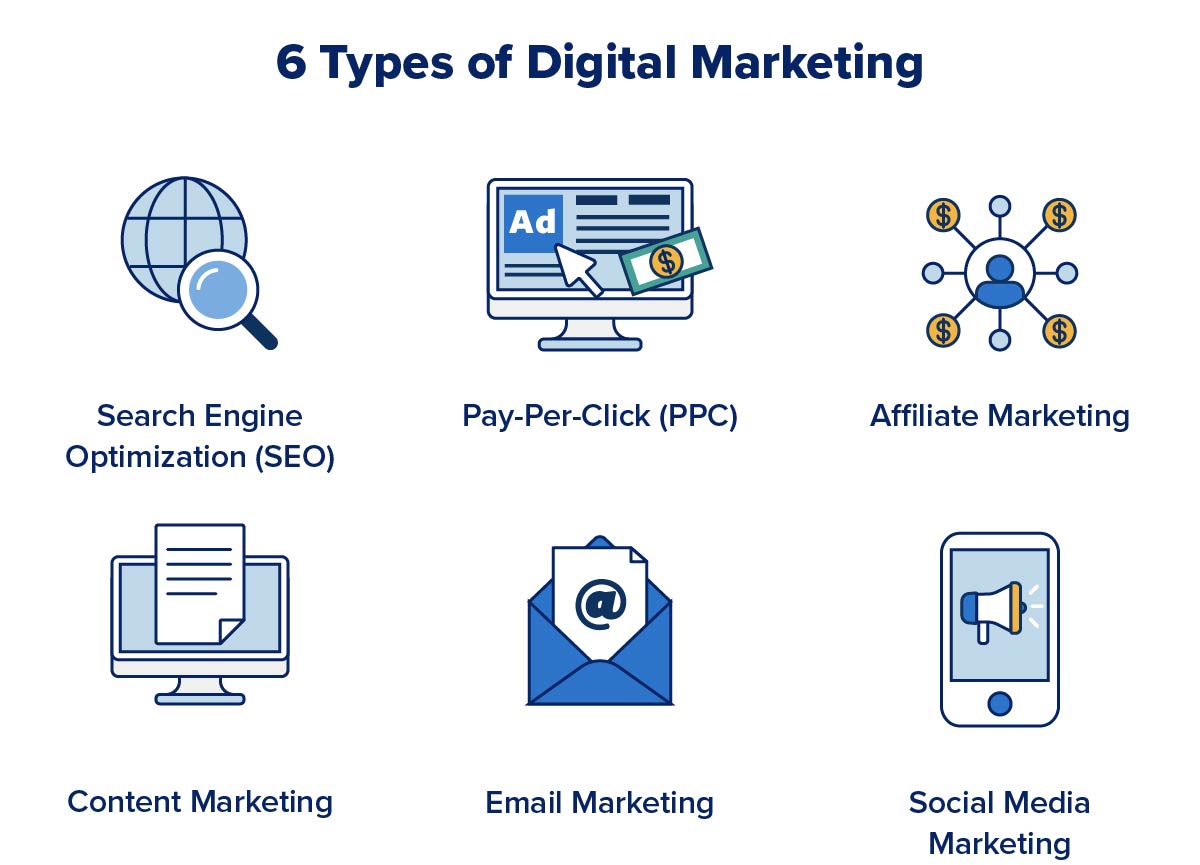Enhance Customer Experience and Drive Website Traffic With Receptive Internet Style
In today's electronic landscape, where individuals are accessing web sites from a plethora of tools, receptive internet style has become more vital than ever. With its ability to adapt and flawlessly readjust to various display dimensions, receptive layout not just improves individual experience however likewise drives website traffic to your web site. Why is this style technique so critical? Just how does it improve individual engagement and increase website web traffic? In this conversation, we will certainly explore the key elements of effective receptive layout, look into the very best techniques for its execution, and uncover the tricks to enhancing customer experience while driving more traffic to your web site.
Why Receptive Website Design Issues
Responsive internet layout is an essential element of modern-day internet development because of its capacity to guarantee optimum user experience across numerous devices and screen dimensions. With the proliferation of smart devices, tablets, and other mobile phones, it has ended up being crucial for sites to adjust and supply smooth functionality no matter the gadget being made use of.
The primary reason why receptive web style matters is that it permits users to have a pleasurable and constant surfing experience, no matter of the device they are utilizing. A receptive website immediately readjusts its design, material, and layout components to fit the display size and resolution of the device, making certain that customers can easily browse and communicate with the website without any type of aggravation or irritation.
Moreover, responsive web layout additionally plays a substantial duty in seo (SEO) Internet search engine, such as Google, focus on internet sites that are mobile-friendly and receptive in their search results page. By incorporating receptive layout principles, sites can improve their visibility and position, causing boosted organic traffic and possible clients.

Boosting Customer Engagement With Responsive Layout
Optimizing individual interaction is a key goal of responsive style, as it ensures that users can quickly gain access to and connect with site material on any gadget. With the raising use tablet computers and mobile phones, it is critical for websites to adapt to various screen sizes and resolutions. Responsive style makes it possible for internet sites to immediately change their layout and content to offer a seamless user experience throughout tools.
Among the primary ways responsive layout enhances customer interaction is by decreasing load times. With a receptive site, individuals don't have to await different mobile versions to load, causing quicker access to material. This improved speed results in higher user fulfillment and encourages them to invest even more time on the site.
Furthermore, receptive layout improves user involvement by enhancing navigation and customer interface (Web Design Carlsbad). When a web site is designed responsively, switches and menus are maximized for touch interactions, making it easier for individuals to communicate and browse with the site on their smart phones. This straightforward and intuitive experience maintains individuals involved and motivates them to explore even more of the website
Moreover, responsive layout permits far better content exposure and readability. By adjusting the layout and font style dimensions to different gadgets, receptive sites make certain that users can quickly recognize the content and read. This boosts user involvement by decreasing the demand for zooming or scrolling to review the message.
Enhancing Web Site Traffic With Responsive Web Layout
With the growing popularity of mobile gadgets, having a web site that is responsive to different screen sizes and resolutions is necessary for driving boosted website traffic. In today's electronic landscape, individuals are accessing web sites from a range of gadgets such as mobile phones, tablets, and desktop. Each of these tools has various display sizes and resolutions, and if your website is not developed to adapt to these variations, it can lead to a bad customer experience and a loss of prospective web traffic.
Responsive internet style guarantees that your site looks and functions ideally throughout all tools. By utilizing adaptable grids, liquid images, and media inquiries, responsive style allows your web site to instantly change its content, format, and navigation to fit any display size. This suggests that individuals will certainly have a seamless surfing experience despite whether they are making use of a little smart device or a big desktop computer computer.
Trick Aspects of Effective Responsive Design
Efficient receptive layout incorporates a number of vital elements that make sure a smooth customer experience across different gadgets. This permits material to be presented in a aesthetically appealing and readable fashion on any kind of device.
Another important element is media inquiries. These enable designers to use different designs and designs based upon the qualities of the user's device, such as display dimension and positioning. By making use of media inquiries, developers can optimize the presentation of content for every gadget, making sure that it is conveniently obtainable and understandable.
Responsive photos are additionally crucial in reliable receptive style. Pictures that are too large can reduce web page load times on mobile phones, while photos that are also little may show up pixelated on bigger screens. By using techniques such as receptive picture resizing and lazy loading, developers can make certain that photos are properly sized and optimized for each and every tool.
Finally, efficient responsive layout entails a mobile-first technique. This implies developing and prioritizing material for smart phones first, and after that expanding and enhancing the design for larger screens. This strategy makes certain that one of the most essential content is easily obtainable on smaller screens, while still offering a rich experience on bigger gadgets.
Best Practices for Applying Receptive Website Design
Executing receptive website design requires careful factor to consider of different ideal techniques to make sure an ideal customer experience across various devices. Here are some vital best practices to adhere to when carrying out responsive website design.
To start with, it is vital to focus on mobile individuals. With the boosting dominance of mobile tools, designing for mobile-first has come to be vital. Start deliberately websigner for smaller sized displays and after that considerably enhance the design for bigger displays.

An additional crucial best method is to enhance images for various display resolutions. Large pictures can slow down the filling time of your site, especially on mobile phones with slower links. Usage responsive images that can be resized based on the tool's screen resolution to improve performance.
In addition, test your website on various devices and screen dimensions to guarantee a regular and seamless experience. There are numerous testing tools available that can assist you determine any kind of issues and make required changes.
Last but not least, prioritize functionality and access. Ensure that your site is simple to browse, with succinct and clear content. Make sure that your site is easily accessible to individuals with disabilities and follows ease of access guidelines.
Final Thought
Finally, receptive internet layout plays an important function in improving customer experience and driving website traffic to websites. By adopting responsive style principles, websites can make sure optimum checking out experiences throughout various gadgets, resulting in enhanced individual engagement (The Ad look at here Firm digital marketing). Additionally, receptive layout can also add to greater site web traffic as it improves internet search engine rankings and assists in simple sharing of web Full Report content. Therefore, organizations need to focus on implementing the crucial elements and ideal methods of responsive style to efficiently fulfill the needs of modern customers.
Enhancing individual engagement is a vital goal of receptive style, as it makes certain that individuals can conveniently access and interact with web site content on any type of device. Receptive design makes it possible for sites to instantly adjust their design and web content to supply a seamless user experience throughout devices.
Furthermore, receptive layout enhances individual interaction by boosting navigation and customer interface.Receptive images are likewise crucial in efficient receptive design. By embracing receptive design principles, internet sites can ensure optimal seeing experiences throughout different gadgets, leading to raised individual engagement.